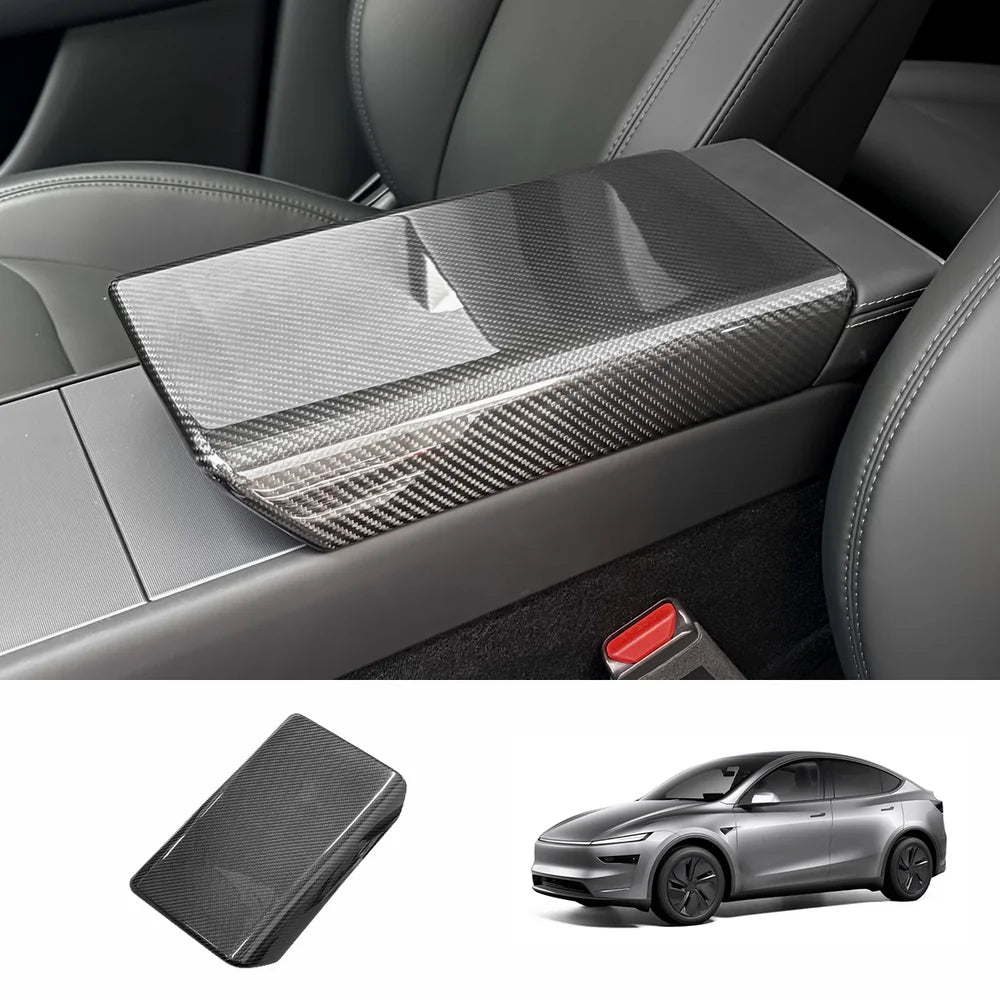Real Carbon Fiber Car Parts vs. Fake: Appearance, Weight, and Durability
When you hear the name carbon fiber, don't you immediately think of its "feather-light, steel-hard" properties? It's not only used in F1 race cars and supercars, but has also become a hallmark of performance for high-end tuners and luxury vehicles.
However, counterfeits are rampant on the market—how can you spot "filmed carbon fiber" and "water transfer" imitations?

This "Guide to Avoiding Pitfalls" uses three key criteria: appearance, weight, and durability.
Understanding Carbon Fiber
What Is Carbon Fiber
Carbon fiber is made from thin, crystalline carbon strands woven into fabric and combined with resin to create a composite material. The result is a product with exceptional strength-to-weight ratio.
How Carbon Fiber Is Manufactured
- Polymerization: Precursors such as PAN (polyacrylonitrile) are chemically transformed into long-chain polymers.
- Spinning: The polymer is spun into fine continuous fibers, aligning molecules for strength.
- Stabilization: Fibers are heat-treated at 200–300 °C in an oxygen-rich environment to stabilize their structure.
- Carbonization: Stabilized fibers are heated above 1000 °C in an inert gas to remove non-carbon atoms, creating nearly pure carbon fibers.
- Surface Treatment: Fibers are treated to improve adhesion to resin.
- Sizing: A protective coating ensures integrity during handling and integration into car parts.
Under the ideal conditions of high-quality manufacturing, the combined material density is approximately 1.5-2.0 g/cm³, as low as 7.8 g/cm³, and Japanese iron (approximately 2.7 g/cm³). g/cm³), can be used in similar bodies or functional parts, can be compared by 3-5 times, and can be compared by 1.5-2 times.
At the same time, when the quality of the resin is combined with the correct quality, the resistance strength can reach several thousand MPa, and the steel alloy material is far more than 1,000 MPa.

Key Advantages of Real Carbon Fiber Parts
- Lightweight: Reduces overall vehicle weight, improving fuel efficiency and handling.
- High Strength: Higher tensile strength than many metals, enhancing safety and performance.
- Corrosion Resistance: Does not rust, reducing long-term maintenance costs.
- Aesthetic Flexibility: Can be molded into complex aerodynamic shapes.
- Thermal Stability: It withstands high temperatures and is ideal for engine and exhaust components.
Common Automotive Applications
Real carbon fiber is found in:
- Body panels such as hoods, roofs, and doors.
- Structural components like chassis parts and suspension arms.
- Interior accents, including dashboards and door panels.
- Performance wheels and aero kits.
These applications show that carbon fiber is not only for visual appeal but also for functional performance.
Drawbacks of Real Carbon Fiber
- High Cost: Production is expensive compared to steel or aluminum.
- Complex Repairs: Damage requires specialized techniques and can be costly.
- Time-Intensive Production: Manufacturing parts takes longer than traditional materials.
How to Identify Real vs. Fake Carbon Fiber
Imitation products often use stickers or vinyl wraps to mimic the look of carbon fiber. Here’s how to tell the difference:
1. Knock Test
Real carbon fiber is light and rigid. When you tap it, it produces a hollow sound. A heavy or metallic sound often indicates fake material.
2. 3D Texture
Genuine carbon fiber has visible fabric fibers embedded in clear resin. Fake versions usually have a flat printed pattern without depth.
3. Pattern Alignment
Real carbon fiber is layered in molds. Complex curves require fabric joins, resulting in subtle pattern misalignments deep within the resin. Fakes show surface-level printed joins.
4. Underside Inspection
Look at the back of the part. Authentic carbon fiber, thanks to vacuum processing, has a smooth, finished underside. A rough or unfinished back surface is a red flag.
5. Weight Check
Carbon fiber is much lighter than fiberglass or metal. If the part feels unusually heavy or thick, it is likely fake.
6. Stiffness
Press lightly with your thumb. Real carbon fiber is very stiff and resists bending. Vinyl wraps or fiberglass will flex under pressure.
7. Color Test
Real carbon fiber cannot be truly colored. Brightly colored “carbon fiber” is almost always fake.
Appearance Comparison
- Real Carbon Fiber: Deep, glossy 3D weave with subtle variations and depth.
- Fake Carbon Fiber: Flat printed pattern, often too uniform or perfectly aligned.
Weight Comparison
- Real Carbon Fiber: About five times lighter than steel and almost twice as light as aluminum.
- Fake Carbon Fiber: Often fiberglass or plastic with a carbon-look film, noticeably heavier.
Durability Comparison
- Real Carbon Fiber: Exceptional tensile strength, high impact resistance, and long-term durability. Maintains integrity for the vehicle’s lifetime.
- Fake Carbon Fiber: Vinyl or fiberglass wraps degrade quickly under UV exposure and lack structural strength.
Why Authenticity Matters
Investing in real carbon fiber parts is not just about looks:
- Better performance from weight reduction.
- Improved safety with stronger structural components.
- Long-term value since authentic parts outlast imitations.
Maintenance Tips for Real Carbon Fiber
- Clean with mild soap and water; avoid abrasive pads.
- Apply UV protectant to maintain the glossy finish.
- Inspect regularly for chips or cracks and repair promptly with professional help.
Conclusion
Authentic carbon fiber components are the pinnacle of performance and technology—you can imagine them as "light as a feather, strong as steel." They are not only the core of track technology, but also the soul of luxury tuning.
Imitations, no matter how realistic the texture, cannot replicate that ultimate strength and durability.
Upgrade your ride with premium Tesla accessories designed specifically for Tesla Model 3, Y, S, and X. Visit Teslaunch to explore our collection and elevate your vehicle to new levels of performance, aesthetics, and durability.


